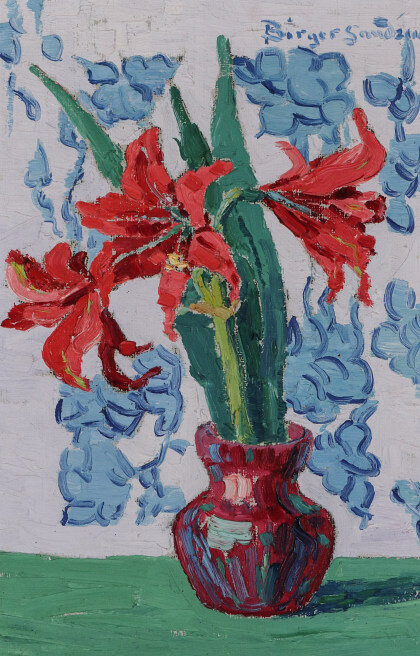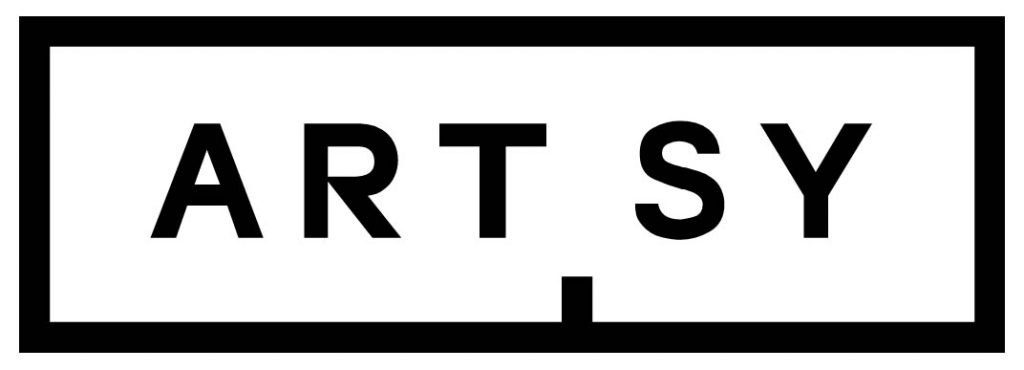Horace Clifford “H.C” Westermann (American, 1922-1981)
Westermann’s work is primarily influenced by his combat experience in World War II and Korea, and he frequently depicted scenes of ships burning or sinking among doomed human beings. His production included elaborate folkloric sculptures and works on paper. Born in Los Angeles, California in 1922, where he later attended Los Angeles City College in 1940. His style provided the inspiration for movements such as the West Coast Funk artists and the Chicago Imagists, but he remained outside their involvement. By the time Westermann was thirty, he had served in the U.S. Marine Corps (1942-1946), worked as an acrobat and toured Asia (1946-1947), studied commercial art (1947-1952), studied painting at The School of Art Institute of Chicago, and was a veteran of World War Two and the Korean War.
His career as an artist spans more than twenty years, and features sculptures, prints, paintings, and illustrated letters. He used various materials such as metal, wood, paint, and many others; all incorporating a devotion to craftsmanship and a sharp sense of irony. His works were often autobiographical and funny. Concepts for his works came from personal and public events. Much of his imagery was provided by his military experiences he witnessed many kamikaze attacks while an anti-aircraft gunner on the carrier U.S.S. Enterprise. Witnessing many nearby ships destroyed by suicide attacks provided inspiration for numerous sculptures, his first in 1954.
His first one-man exhibition was in 1956, and in 1959, he was included in the exhibition 'New Images of Man' at the Museum of Modern Art in New York. He was given a retrospective at the Los Angeles County Museum of Modern Art and the Museum of Contemporary Art, Chicago, in 1968. He won the Grand Prix at the Sao Paulo Biennale in 1973, and showed at the Venice Biennale in 1976. He had a retrospective at the Whitney Museum of American Art in 1978-1979, which was shown in several U.S. cities. H. C. Westermann passed away in 1981.The first posthumous retrospective of his works was at the Hirshhorn Museum in May, 2002 and a major exhibition focused on his sculpture was held at the Museo Reina Sofia, Madrid, Spain, in 2019.





